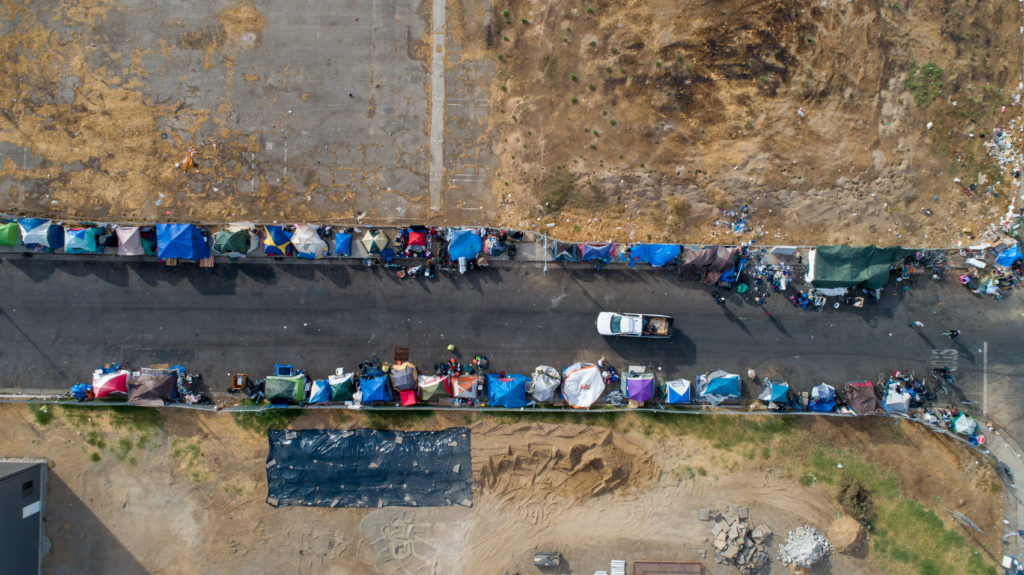The FWD #B02 • 575 Words
It’s no secret: Permanent Supportive Housing helps prevent homelessness.
What is Permanent Supportive Housing?
When we don’t have to worry constantly about where we’ll sleep at night, we can focus on other aspects of our life, like our well-being or our jobs. But for many Virginians experiencing homelessness, a stable home is difficult to access. It’s even more challenging when you can’t find a job or are recovering from mental health disorders or other life altering challenges.
That’s where Permanent Supportive Housing (PSH), or just Supportive Housing, comes in. PSH uses a Housing First approach that prioritizes stably housing a person, then addressing the issues that have contributed to and exacerbated their experience of homelessness. PSH combines affordable housing (either through rental subsidies and/or PSH-specific housing units) and voluntary support services such as case management or counseling to ensure that people remain permanently housed.
A key component of PSH and the Housing First model is not requiring that individuals be free of the issues they face in order to be housed. This provides individuals with the opportunity to address the challenges they face at a pace that is appropriate for them and alleviates a primary challenge for them: housing stability.
Who does PSH serve?
PSH typically serves very low- or extremely low-income individuals or families that without ongoing supportive services would find it difficult to maintain housing. In addition to having very low income, these people often have crucial challenges like serious mental illness, substance use disorders, or other chronic health conditions. Some common terms and abbreviations to know when understanding those served by PSH are:
- Formerly incarcerated persons
- Intellectual and Developmental Disabilities (IDD)
- Serious Mental Illness (SMI)
- Substance Use Disorder (SUD)
What does PSH look like?
PSH doesn’t have a specific look. It may be located in your neighborhood and you don’t even realize it. Rather there are different types of forms or models PSH can take that are just like any other type of housing development:
- Single site housing is usually nonprofit-owned housing where all of the units, whether in a large multifamily building or even a single family home, are entirely dedicated to formerly homeless individuals or families;
- Integrated housing is a multifamily development that is usually market-rate, but can also be subsidized affordable housing, that has a percentage of units set aside for formerly homeless individuals or families; and
- Scattered site is where individuals or families lease housing from private landlords through a rental subsidy, like a Housing Choice Voucher.
Often residents are supported by rental assistance that allows them to afford the unit. This can take the form of a federal Housing Choice Voucher or through the Virginia Department of Behavioral Health and Developmental Services (DBHDS) State Rental Assistance Program (SRAP).
What kinds of services does PSH provide?
Supportive services can take many different forms. They could be just one service or a combination of many. But the Corporation for Supportive Housing provides a comprehensive outline of the most common services in PSH:
- Case management
- Mental health services
- Alcohol and substance use services
- Independent living skills
- Vocational services
- Health/medical services
- Peer support services
- Social activities
As part of the Housing First approach, participation in these services is voluntary and flexible to meet the varying individual needs of people being served. Support services can be located and provided within a PSH development, at a central location where individuals meet with service providers, or can be provided in-home to individuals.
